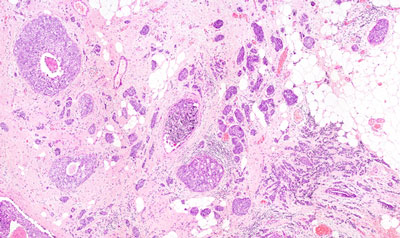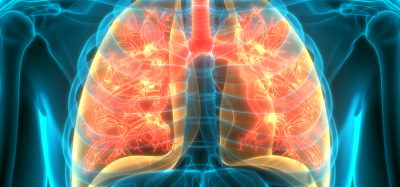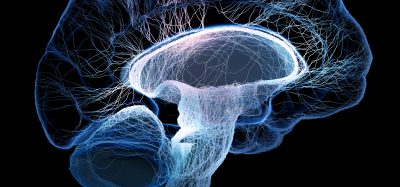Nav1.5 identified as potential therapeutic target for breast cancer
Posted: 9 October 2015 | Victoria White
When using the shRNA in breast cancer cells, Nav1.5 levels were ‘knocked down’, resulting in reduced tumour growth rates and metastasis…


Scientists at the University of York have conducted new research into a specific sodium channel, known as Nav1.5, that indicates the presence of cancer cells and affects tumour growth rates.
Sodium channels, also known as VGSCs, exist in the membranes of excitable cells, such as neurons, where they are involved in the transmission of electrical impulses. Also present in breast cancer cells, research indicates they play a significant role in the growth and spread of tumours.
Studying tissue specimens taken from patients with breast cancer, Dr Will Brackenbury found a significantly higher prevalence of Nav1.5 in tumour cells than levels found in normal breast tissue.
Suppression of Nav1.5 resulted in reduced tumour growth rates
In a separate study, researchers used shRNA to target sodium channels and suppress Nav1.5 production in cancer cells in mice. When using the shRNA in breast cancer cells, Nav1.5 levels were ‘knocked down’, resulting in reduced tumour growth rates and metastasis compared to cells without shRNA.
Dr Brackenbury said: “This research into Nav1.5 gives us further mechanistic understanding of this particular molecule’s role in a cancer cell. As our separate studies show, this sodium channel is both upregulated in breast cancer and is also seen to play a key role in rates of tumour growth and metastasis.
“Gaining a detailed understanding of the presence of Nav1.5 in tumours is significant as it could lead to a potential new diagnostic tool for breast cancer. The sodium channel’s effect on tumour growth rates also signifies that Nav1.5 is a useful therapeutic target, perhaps holding a key to the development of future molecular treatments for specific cancers.”
The University of York scientists used clinical specimens from charity Breast Cancer Now’s Tissue Bank for their research. Dr Richard Berks, Senior Research Communications Officer at Breast Cancer Now, commented on their findings, “Dr Brackenbury’s findings are particularly fascinating as they suggest that sodium channels – previously only thought to have a role in neurons – could also be involved in the spread of breast cancer.”
Related topics
Drug Targets
Related conditions
Breast cancer
Related organisations
Cancer Research, York University








